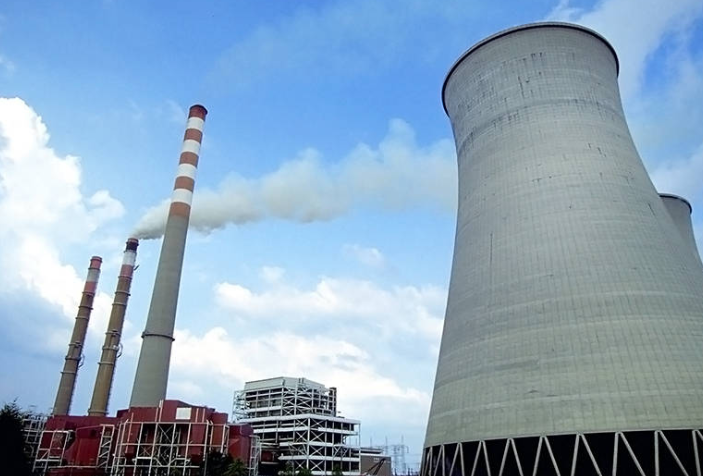In the end, the unraveling economics of U.S. coal proved too much for even a giant among power generators to handle.

At 12:09 p.m. local time -- after churning out electricity for almost five decades -- the largest coal-fired power plant in the western U.S. permanently retired, becoming the latest testament to the fossil fuel’s decline. Once a flash point in President Donald Trump’s campaign to save America’s coal industry, the Navajo complex in the Arizona desert will now spend the next three years being dismantled and decommissioned.
The end was a long time coming for the 2.25-gigawatt Navajo plant. Its owners, led by Salt River Project, had initially planned to close it in 2017 but struck a deal with leaders of the Navajo Nation to keep it going for another two years. The facility, which once produced enough power to light up 1.7 million homes, sits on Navajo land in the Four Corners area of Arizona and was a major source of jobs in the region.
Tribal leaders spent years appealing to the Trump administration for help saving the plant, characterizing it as the president’s chance to fulfill his campaign promise to revive America’s Coal Country. The fact that the Interior Department owns a 24% stake in the complex gave him all the more reason to make an example out of it. Then-Interior Secretary Ryan Zinke vowed to explore all options for rescuing the site.
Cheap Gas
For all its political ties, the Navajo complex proved no match against market forces. The shale boom unleashed record volumes of low-cost natural gas, undermining the economics of coal generators across the U.S. Cheaper and cleaner wind and solar farms had also begun squeezing the plant’s profits.
Coal, which once supplied more electricity in the U.S. than any other resource, now accounts for less than a quarter of the nation’s mix. Since 2010, power generators have announced the retirement of more than 500 coal-fired power plants, according to government data.
Salt River Project Chief Executive Officer Mike Hummel described the ultimate decision to shutter Navajo as a “difficult but necessary” one.
It would prove to be one of many failed attempts by Trump to help save coal plants.
Last year, his administration’s efforts to subsidize some coal generators supplied by coal miner and long-time Trump supporter Robert E. Murray fell apart. Murray’s company ended up filing for bankruptcy in October.
In February, the federally operated Tennessee Valley Authority decided to retire an aging coal-fired power plant in Kentucky, despite Trump taking to Twitter to call on the utility to keep the complex open.
The owners of the Navajo plant -- which also include Arizona Public Service Co., NV Energy Inc. and Tucson Electric Power Co. -- have agreed to make lease payments totaling about $110 million to the Navajo Nation so the site can be decommissioned, monitored and operated as part of the region’s transmission system.
Peabody Energy Corp., the biggest U.S. coal producer, has already shut the Kayenta mine -- on Navajo and Hopi tribal lands -- that supplied the plant.
Salt River said in a statement that it has offered jobs to all 433 of the employees at the Navajo plant. Almost 300 have accepted.
The Navajo plant “will always be remembered as a coal-fired workhorse,” Hummel said in the statement. The complex “and its employees are one reason why this region, the state of Arizona and the Phoenix metropolitan area have been able to grow and thrive,” he said.
(Michael R. Bloomberg, the founder and majority stakeholder of Bloomberg LP, the parent company of Bloomberg News, has committed $500 million to launch Beyond Carbon, a campaign aimed at closing the remaining coal-powered plants in the U.S. by 2030 and slowing the construction of new gas plants.)